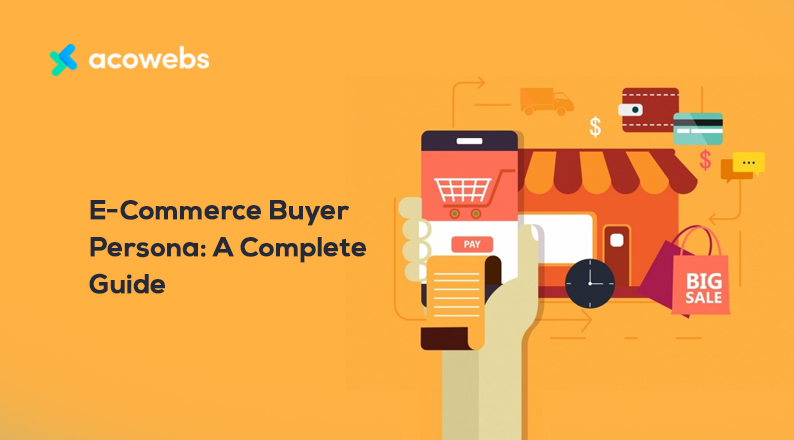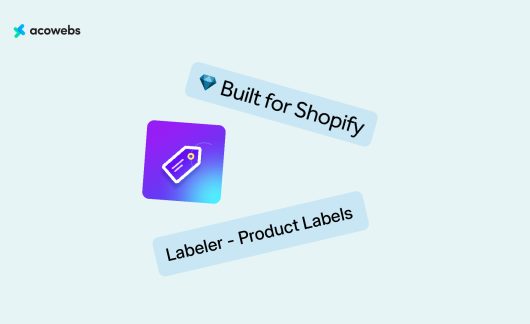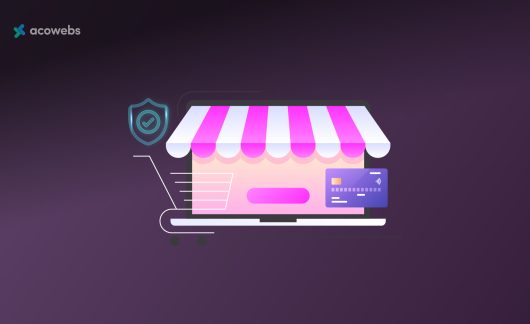E-commerce sellers are always exposed to multiple, large groups of customers to sell to. However, it can prove counterproductive if you target an indefinite clientele as opposed to focusing your advertising campaigns and customizing your offering to specific audiences.
When you market to specific customer types, your product and service offering resonates with buyers in a unique way, making them feel appreciated and more connected to your brand.
One of the best approaches to implementing targeted marketing is by identifying your buyers’ distinguishing factors. Once you segment your large audience according to customers’ unique features, you can easily and effectively align your marketing campaigns to suit their needs.
To start you off, you should sort out your customer base by creating buyer personas. This practice enables you to build generalized categories of your average buyers to understand their needs, leading to improved engagement and conversions.
In this guide, you will learn about e-commerce buyer personas and 8 ways to build them for your online customer base.
What is a Buyer Persona?
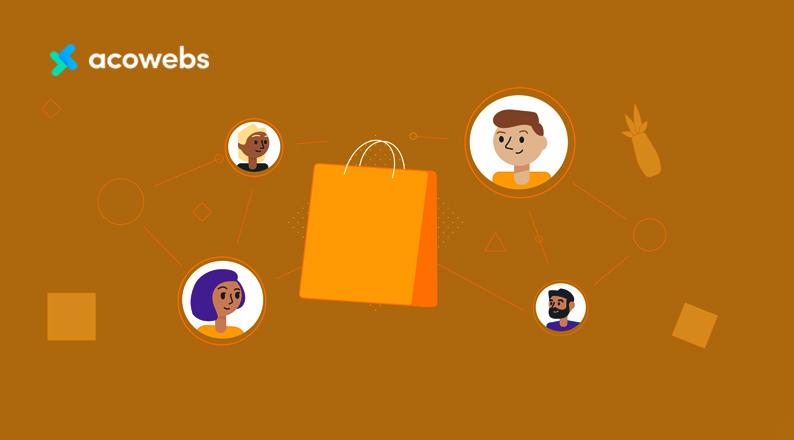
A buyer persona is a fictional biography created according to user behavior data, demographics, and other metrics to segment an audience.
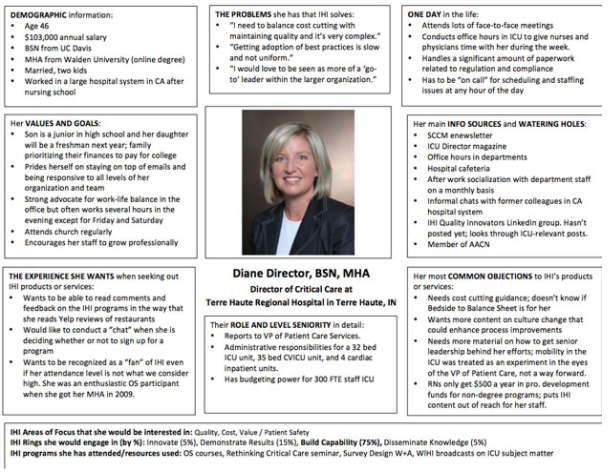
It is a fact-based representation of your core customers who will buy your product or service, but who may not be the end-user. For instance, it can be a company’s finance team buying computers for use by operational staff.
You can create this profile through data collection and market research to understand your customers’ behavior patterns, demographics, motivation, and goals.
Marketers use this approach to effectively tailor their marketing strategies to specific segments for improved engagement, conversions, and sales. Businesses use the buyer personas to make important marketing decisions, such as preferred messaging channels and content.
You can create between 3 and 5 buyer personas to represent the different categories of your customer base. Avoid building too many personas as they may be difficult to interpret and implement.
When designing an e-commerce buyer persona, you should consider the type of information to collect, the methods of collection, and how to implement the information in your marketing strategy.
ALSO READ: Top E-Commerce Marketing Strategies To Boost Your Business
8 Key Elements of Your E-Commerce Buyer Persona
1. Outline and Plan your Buyer Personas
When designing a complete guide for your e-commerce buyer persona, you should start by brainstorming rough ideas about your ideal customer.
You can draft a few details regarding the type of customer you would like to attract to your website. For instance, if your e-commerce store sells age- or gender-based products, you can create multiple buyer personas with the specific needs and interests of these customers.
Your guiding factor should be your customers’ motivation to buy your products. Therefore, if users are buying your product for personal or business use, you should plan two buyer personas and marketing campaigns to align with the needs of either of the groups you are targeting in your marketing plan or Go to Market strategy.
You can divide the information collected into 4 or more categories, including demographics, psychographics, financial value, and online presence.
Demographics explain who your customers are and may include information about the buyer’s location, age, gender, educational level, job title, income level, and family size.
You can also use this information to create more specific profiles. For instance, if you sell household tools, you may want to understand if your core customers are apartment renters or homeowners.
Psychographics tell you the attitudes, interests, and habits of your customers, which drive them to make a purchase decision. You can include the following psychographics in your e-commerce buyer persona:
- Your buyers’ goals and how your product can help them achieve the goals.
- Your buyers’ problems or issues and how your product can help solve them.
- Their values, hobbies, and interests.
- Their objections to your product or service and how to overcome them.
By understanding the psychological aspects driving your customers’ purchase decisions, you can understand what your site visitors care about. You can use this information to design solution-oriented and more effective value propositions, leading to more conversions and sales.
The financial value of your customers helps you to determine the effectiveness of your marketing campaigns. The lifetime value (LTV) to customer acquisition cost (CAC) ratio shows how profitable your strategy will be.
The LTV is an indicator of the estimated revenue of your customer during their lifetime in your business, while the CAC measures the costs of new customer acquisition.
LTV = Average Order Value x Number of Repeat Sales x Average Retention Time
It is determined by the average customer spend multiplied by the frequency of the expenditure and the average customer retention time.
CAC = Total marketing campaign costs (acquisitions-related) / Total customers acquired
The LTV:CAC ratio is a benchmark for e-commerce retailers with the standard being 3:1 or greater across the software-as-a-service industry. If your ratio goes below 3, you should create ways to improve customer retention or lower customer acquisition costs.
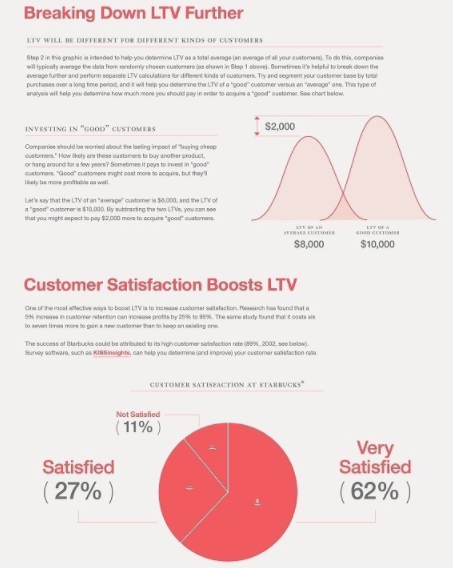
To measure your buyer persona’s online presence, you should gather data about your target customers’ interaction with technology. This information will enable you to determine the channels to use for advertisements, such as social media.
For instance, when planning a complete guide for your e-commerce buyer persona, you can collect data showing where a given group of buyers finds information online.
You can also gather details about their favorite social media platforms or preferred mode of communication (such as mobile, email, etc.)
Online presence information helps e-commerce retailers to target their messages to the right audience in the right places.
2. Use Data Analytics
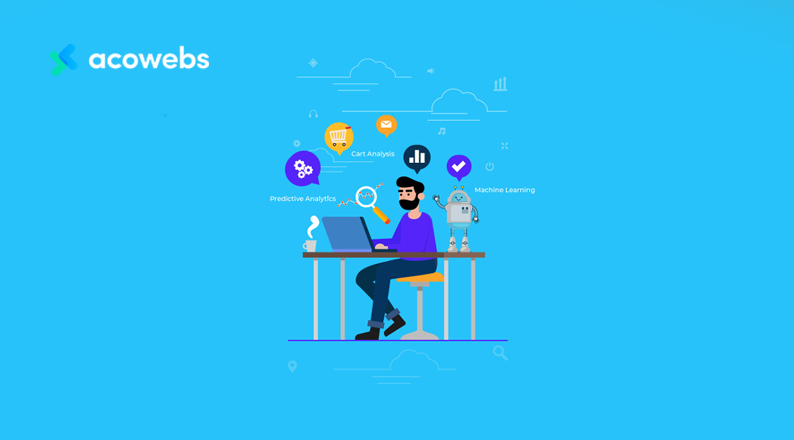
Aside from understanding your buyer persona’s online presence, you should use internal data to gain more insights into your customers’ purchase behavior and the driving factors.
Google Analytics is one of the best tools that you can integrate with your website to gather information about your site visitors’ demographics, psychographics, and online presence.
The demographics section under the audience tab shows the age and gender of your traffic, while the Geo section helps track your site visitors’ location.
You can also use other metrics like Interests to determine the lifestyle of your customers, helping you build a more accurate and reliable e-commerce buyer persona.
The Technology tab shows the networks and browsers used by your visitors, hence, their online presence. You can also use the Mobile tab to view the devices your customers use when accessing your website.
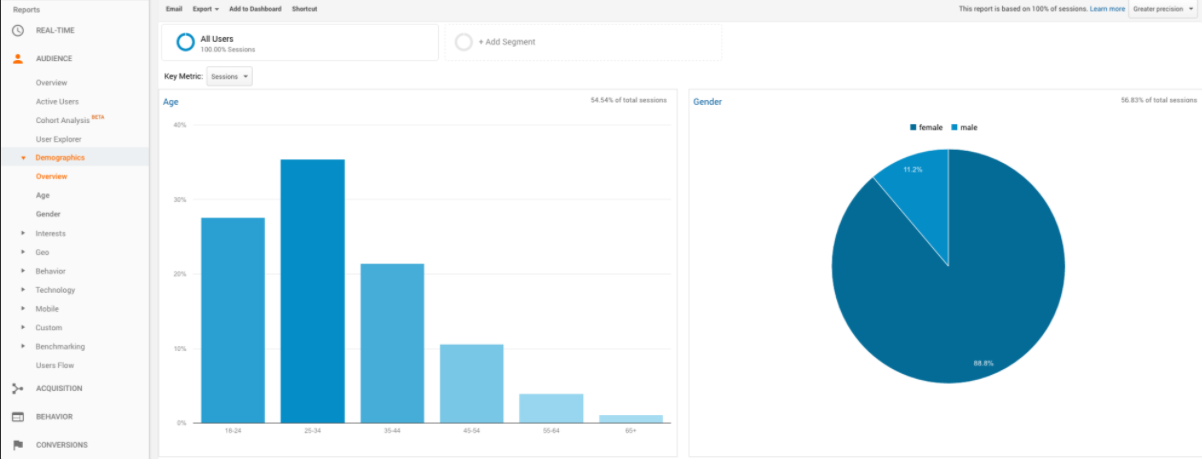
Facebook Audience Insights is also a great tool for businesses with a Facebook page. It tells you your target audience demographics, including their age, gender, education, lifestyle, relationship status, and household size.
This tool provides you with insights on your core customers’ order history, enabling you to keep track of accounts with the highest purchases.
You can also gather and use the demographic information collected from buyers’ orders, such as their gender and location for targeted marketing.
ALSO READ: How to Set Social Media KPIs
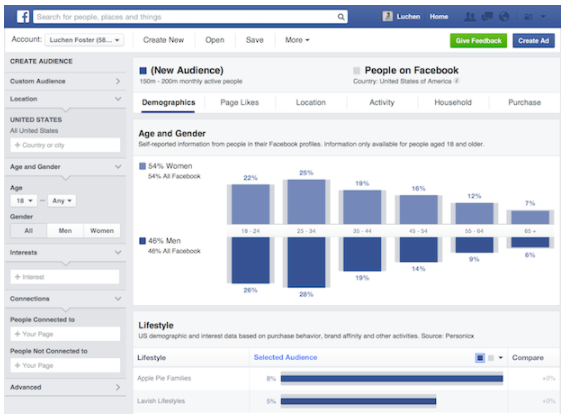
You should identify correctly which aspects make a difference when using data insights to create a strong buyer persona. Some criteria may be relevant to your target audience while others may not.
Data analytics tools that tell you if your site visitors are browsers, new subscribers, hesitant buyers, first-time buyers, or repeat customers can also help improve your eCommerce buyer persona guide for more accurate and effective marketing.
3. Before and After States
Once you have data and information about your core customers’ buyer persona, you should now identify their problems, goals, solutions, and objections, and help them transition from a before to an after state.
You can note down the problems or issues your buyer personas experience, their desired goals, and dreams, and modes or ways of problem-solving. You should also point out expected objections to your offer, such as the reasons the customer would fail to accept, use, or exploit your proposed solution.
This information helps you understand your customer’s mindset better. It enables you to know your buyer persona’s before and after states, helping you create sales copies, marketing pieces, and offers that acknowledge your customers’ problems and needs, and entice them with solutions.
The transition process should be conducted by designing questions to assess if your customer will be satisfied with your product or service offering. From answering the questions, you can tell how your customers feel and their overall status; you can predict if they are convinced to buy your product or service.
ALSO READ: How to Use Psychology to Shape Your E-commerce Success
4. Conduct Competitor Analysis
You can take data analysis further by studying your competitors’ traffic. A tool like SimilarWeb will enable you to understand what your competition is doing to attract more buyers, their main source of traffic, and other useful information.
This tool shows the best digital marketing strategies being implemented by other players in the industry, leading to a better understanding of your market, the competition, and customers.
You can reverse engineer your competitors’ buyer personas to determine possible components you could be missing in your marketing strategy. For instance, you can tell the group of customers they are targeting and update your buyer personas accordingly.
You can also analyze their websites to assess the type of content they publish, their marketing strategies (such as social media, AdWords, or content marketing, etc.), and other ways they use to attract customers.
Remember the competitor analysis should only support your existing marketing strategy. Therefore, you should avoid following your competition’s e-commerce buyer persona blindly.
Instead, use it as a general blueprint or reference point when identifying your target customers and reviewing your before and after states.
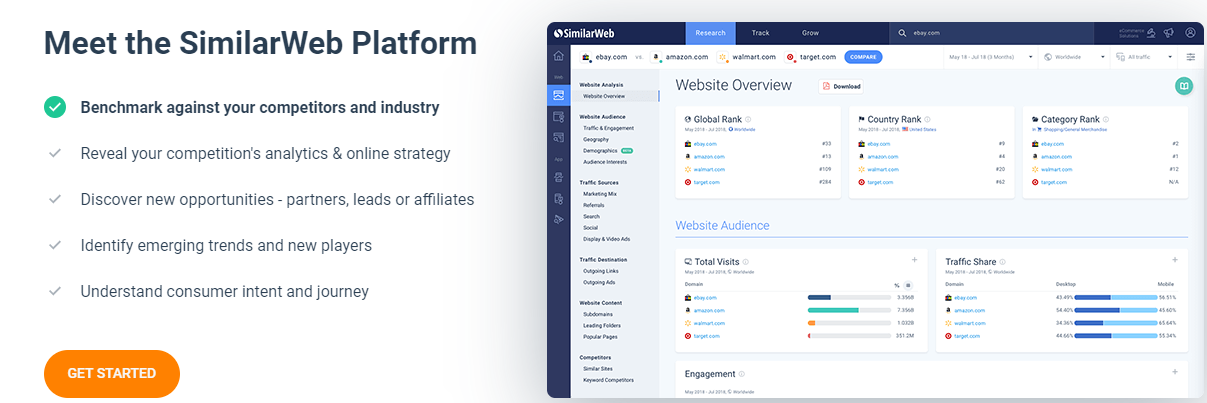
Still, competitor analysis is powerful in drawing your attention to a group of customers likely to say no to your product offering. You can redirect this traffic to your site by adopting an effective and targeted guide for your e-commerce buyer persona.
5. Engage your Customers for in-depth Insights
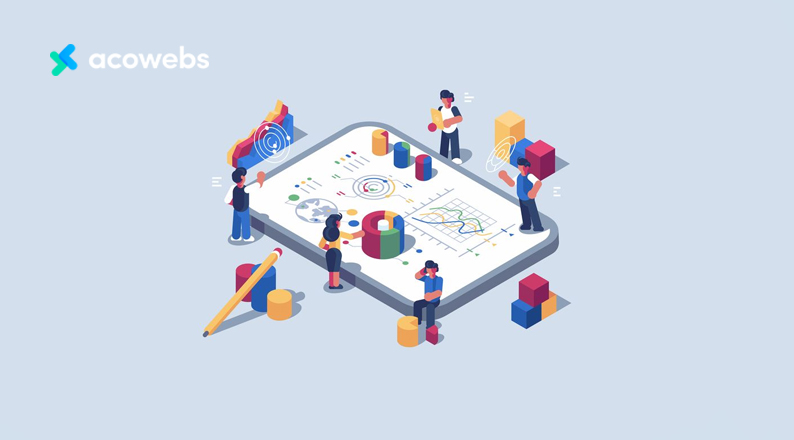
In addition to using analytics, you can also gain useful information from your existing customers, which you can use to build a sustainable e-commerce buyer persona.
Insights gained from questioning your core customers can provide you with clear trends and clusters of data for determining your target market’s needs and designing effective solutions.
You can implement this strategy by sending simple, quick surveys to your key customers to gauge their experience with the purchasing process or their motivation to buy.
You can also ask them about their preferred marketing channels, such as social media networks or emails, and how often they use them.
For instance, you can ask them the following questions:
- How did you learn about our website?
- What motivated you to buy our product?
- What value or solutions do you seek from our products?
- What features or benefits do you like most in our products?
- What reservations did you have when buying the product/s?
Responses from your survey can help you revolutionize your website and product page experience, making them more user friendly. It is also a great way to learn of the most popular channel for marketing your products to the target audience and the frequency to use when scheduling ads.
Ensure the survey is concise enough to enable you to obtain answers to issues directly related to your e-commerce buyer persona without consuming too much of your customers’ time.
Aspects such as psychographics can easily be measured using surveys because they require personal information. To boost the survey response rate, try incentivizing them using discounts or gift cards.
An e-commerce retailer like kate spade uses discounted offers to motivate its customers to participate in e-commerce buyer persona surveys:

ALSO READ: Using Personalization On Your Online Store To Enhance Customer Experience
6. Use Triggers
Another way of building a complete guide for your e-commerce buyer persona is by leveraging events that motivate customers to visit your store.
A trigger is an event that drives customers to buy your product or service or take further action in the buying process, such as signing up for a newsletter.
You can use triggers to understand and anticipate what your customers want and when they need it and influence them to take the necessary action.
For instance, you can use internal triggers (customers’ feelings, thoughts, and ideas) to motivate them to take action. These events may include their dreams and desires, mistakes frequently made by people, things customers generally avoid, insecurities and discomforts, and stressors and frustrations.
External triggers are situations or circumstances outside your customers’ control that would force them to buy a given product or service.
These may include projects or tasks assigned to the customer by a client or employer, repairs for broken or outdated tools or systems, meetings or celebrations, or changes to the status quo.
As an e-commerce retailer, it is easy to predict these events, making it easy for you to customize your product pages and marketing campaigns to target a given buyer persona.
You can also use seasonal triggers, such as birthdays and holidays, weddings, parties, and graduations, and scheduled events and presentations to design an effective buyer persona.
For instance, when schools are about to reopen, you can use your existing data on customers that frequently buy school items (language-learning apps, professional books, etc.) at a specific time of the year to market back-to-school products to this target group.
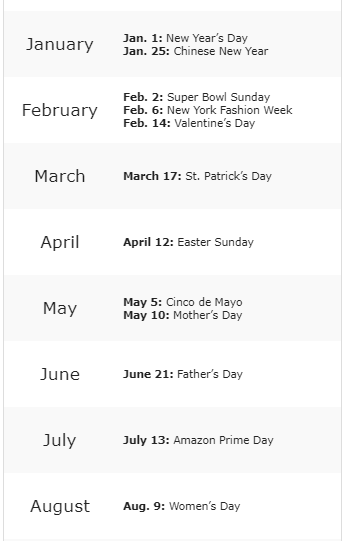
Remember to start preparing for your events in time, at least a month prior, by keeping track of your e-commerce buyer persona to inform you of expected changes in user behavior and purchasing patterns.
7. Communities
Collecting data, building e-commerce buyer persona, drawing insights, and using triggers is not enough without a proper way to implement them. One of the best places to reach your target audience is in communities where they are surrounded by like-minded people.
For instance, if you are selling gym outfits or fitness products, the best place to engage with your target customers and market your products is a gym or an online group, such as a Facebook page, about fitness.
These are spaces where the audience can resonate and respond positively to your offering as you learn more about their demographics, psychographics, and online presence.
To start you off, you should make a list of all online and offline places where customers fitting your buyer persona are located, including social media platforms, conferences, and events, and create a plan to drive them through your sales funnel.
You should establish your brand as an authority in the specific online space to gain the confidence of your target audience and drive sales.
8. Build a Comprehensive Portfolio
At this stage, you will have gathered all the information you need regarding your target audience buyer persona. It is now time to put down the intel and data into actionable insights per every persona in your portfolio.
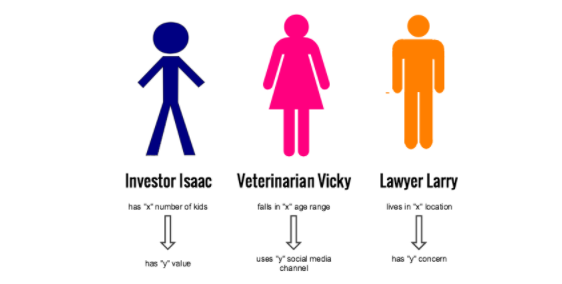
At the end of this exercise, you will have a collection of key personas for the various categories of buyers in your customer base.
Use the demographics, psychographics, financial value, and online presence information to define your buyer personas and inform your messaging and marketing strategies.
Your goal should be to define and understand the needs of your core group of customers and create marketing campaigns that align with their behavior and personalities. You should also use their financial value information to inform the success of your promotions.
Your comprehensive portfolio should now be linked to your selling platforms after which you should review the costs of new customer acquisition (CAC) with the lifetime value (LTV).
If a given buyer persona has a low LTV:CAC ratio, you can lower your marketing costs associated with the target customer group until you are able to derive the desirable returns, making your e-commerce business sustainable.
Conclusion
eCommerce buyer personas are fictional, fact-based representations of key customers who will buy your product or service. It is derived using data on user behavior, demographics, psychographics, online presence, and financial value, among other aspects.
This complete guide on e-commerce buyer persona will enable you to effectively tailor your marketing strategies to the needs of specific customer groups or target audiences, leading to improved engagement, conversions, and sales.
To ensure your buyer persona is comprehensive enough to suit your business needs, you should start by brainstorming ideas about your customers, using data analytics to understand buyer behavior, developing before and after states, conducting competitor analysis, and engaging your existing customers for in-depth insights.
You should also use triggers to understand events motivating or influencing purchasing decisions while leveraging community groups to gain the trust and followership of like-minded consumers.
Consistently updating your buyer persona according to changes in market trends and customer tastes and preferences is essential for the sustainability of your e-commerce business.
So weighing the LTV versus CAC keeps your customer acquisition costs on the low while promoting customer retention.
Acowebs are developers of Woocommerce bulk discounts that will help you add bulk discounts to products on your stores. It also has developed various other plugins like the popular plugin for managing the checkout form fields in WooCommerce, called Woocommerce Checkout Manager, which is highly feature-oriented yet lightweight and fast. There is also a free version of this plugin available in the WordPress directory named WooCommerce Checkout Field Editor.












 Login
Login
 Cart
Cart